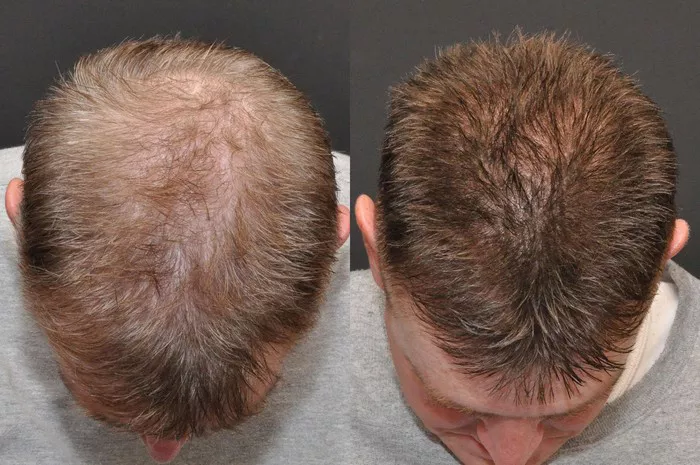Undergoing a hair transplant is a transformative journey, but it’s natural to experience temporary redness and irritation around the treated area. Fortunately, there are effective ways to minimize and conceal this redness, allowing you to resume your daily routine with confidence. In this guide, we’ll explore various strategies to help you hide redness after a hair transplant procedure.
What is hair transplant?
A hair transplant is a surgical procedure that involves transferring hair follicles from one area of the body (usually the back or sides of the scalp) to an area with thinning or no hair. The goal is to restore natural hair growth in areas affected by hair loss or balding. There are different techniques, such as Follicular Unit Transplantation (FUT) and Follicular Unit Extraction (FUE), which vary in how hair follicles are harvested and transplanted. Hair transplants are often sought by individuals looking to regain a fuller head of hair and boost their confidence in appearance.
Will my scalp become red after a hair transplant?
Yes, it’s common for the scalp to become red after a hair transplant. The redness is typically a result of the surgical process, including the incisions and implantation of hair follicles. This redness is usually temporary and part of the natural healing process. It tends to subside gradually within a few days to a couple of weeks, depending on individual healing rates. Following proper post-operative care, gentle cleansing, and avoiding activities that could exacerbate irritation can help minimize and speed up the fading of the redness. If you have concerns about redness, consulting your surgeon for guidance and reassurance is recommended.
How to Hide Scalp Redness After Hair Transplant?
Hiding scalp redness after a hair transplant can be challenging, but there are several strategies you can try to minimize its visibility during the recovery period. It’s important to note that scalp redness is a common side effect of hair transplant surgery and is usually temporary. Here are some tips to help you manage and hide scalp redness:
1. Follow Post-Operative Care Instructions:
Your surgeon will provide you with specific post-operative care instructions. Follow these diligently to ensure proper healing and minimize redness. This may include avoiding strenuous activities, not touching the transplanted area, and using prescribed medications or ointments.
2. Keep the Scalp Clean:
Gently clean your scalp as advised by your surgeon. Keeping the scalp clean can help prevent infection and improve healing.
3. Avoid Sun Exposure:
Sun exposure can exacerbate redness and irritation. Wear a hat or use a high-SPF sunscreen to protect your scalp from the sun’s rays when you need to go outside.
4. Use Mild Shampoos:
Choose a mild, non-irritating shampoo to cleanse your scalp. Avoid shampoos with harsh chemicals or fragrances that could further irritate the sensitive area.
5. Apply Cold Compresses:
Applying cold compresses to the affected area can help reduce inflammation and redness. Make sure the compress is clean and not too cold to prevent discomfort.
6. Concealers and Makeup:
There are specialized hair concealer products designed to cover thinning hair and scalp redness. These products come in various shades and can help camouflage the redness temporarily. Make sure to choose a product that matches your skin tone and is safe to use on the healing scalp.
Remember that while these strategies can help minimize the appearance of scalp redness, your primary focus should be on following your surgeon’s post-operative instructions and taking good care of your healing scalp. It’s essential to prioritize proper healing over attempting to completely hide the redness.
Precautions after hair transplant
After a hair transplant, follow these precautions for optimal recovery:
1. Gentle Care:
Avoid touching or scratching the transplanted area to prevent damage.
2. Hygiene:
Keep the scalp clean by following the recommended cleaning routine.
3. Sun Protection:
Shield your scalp from direct sunlight for several weeks with a hat or sunscreen.
4. Avoid Strenuous Activity:
Refrain from vigorous exercises to prevent excessive sweating and irritation.
5. Medications:
Take prescribed medications as directed by your surgeon.
Conclusion
Scalp redness post hair transplant is a temporary phase on your journey to rejuvenated hair. By practicing gentle scalp care, exploring specialized makeup, opting for appropriate headwear, prioritizing sun protection, and seeking guidance from your surgeon, you can effectively conceal redness and confidently embrace the healing process. Remember, patience and proper care will lead you to the full and satisfying results of your hair transplant.


